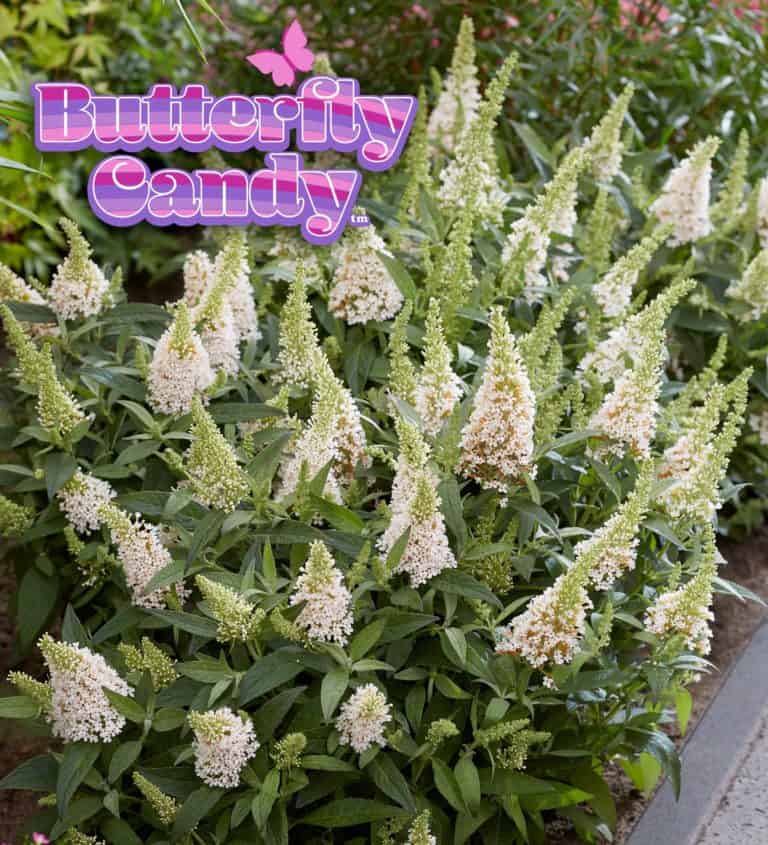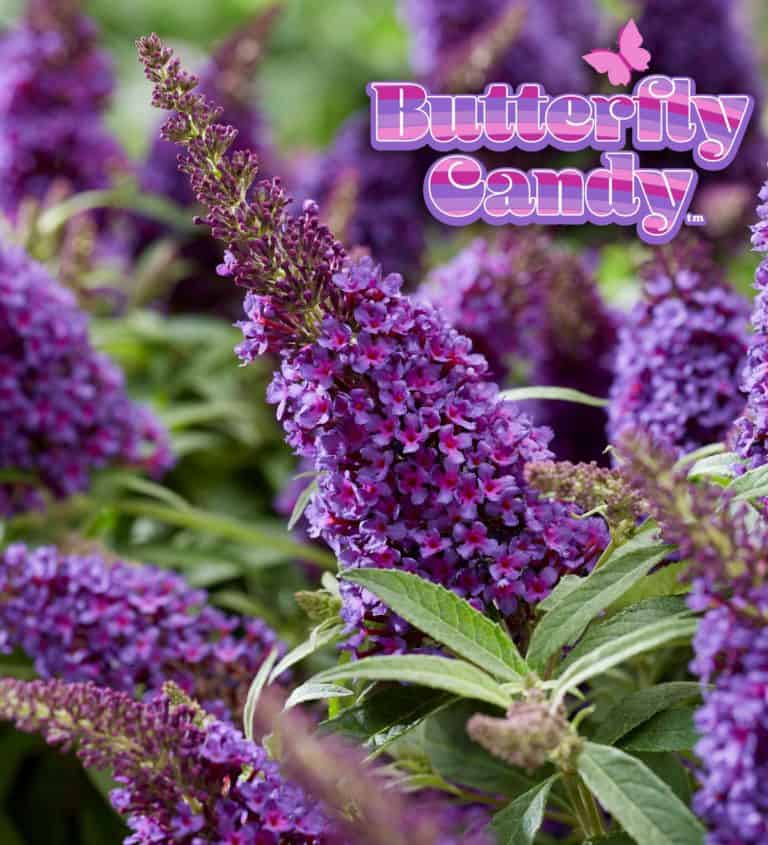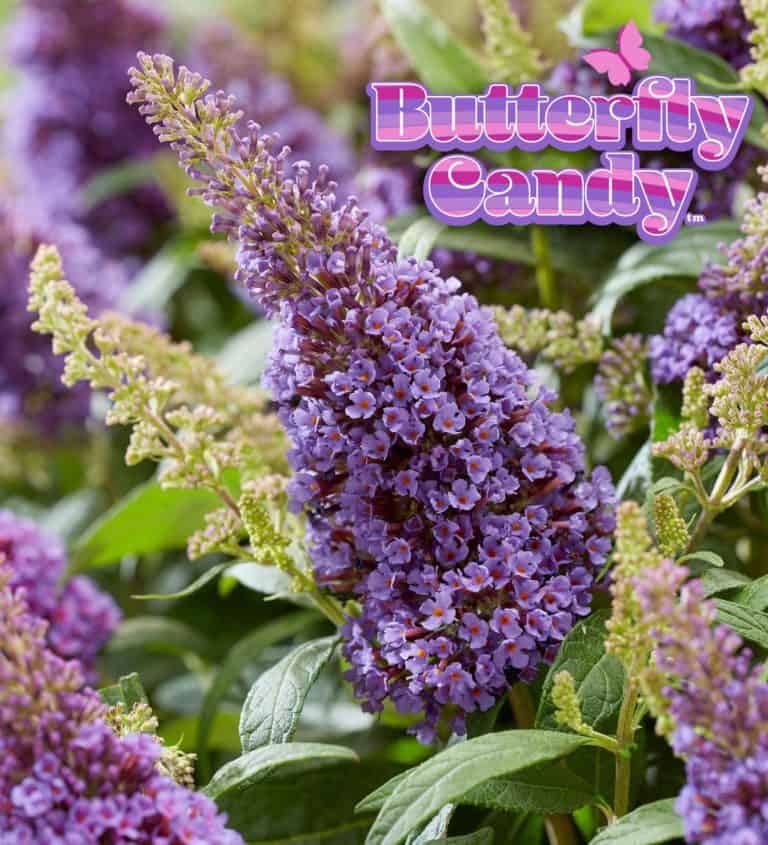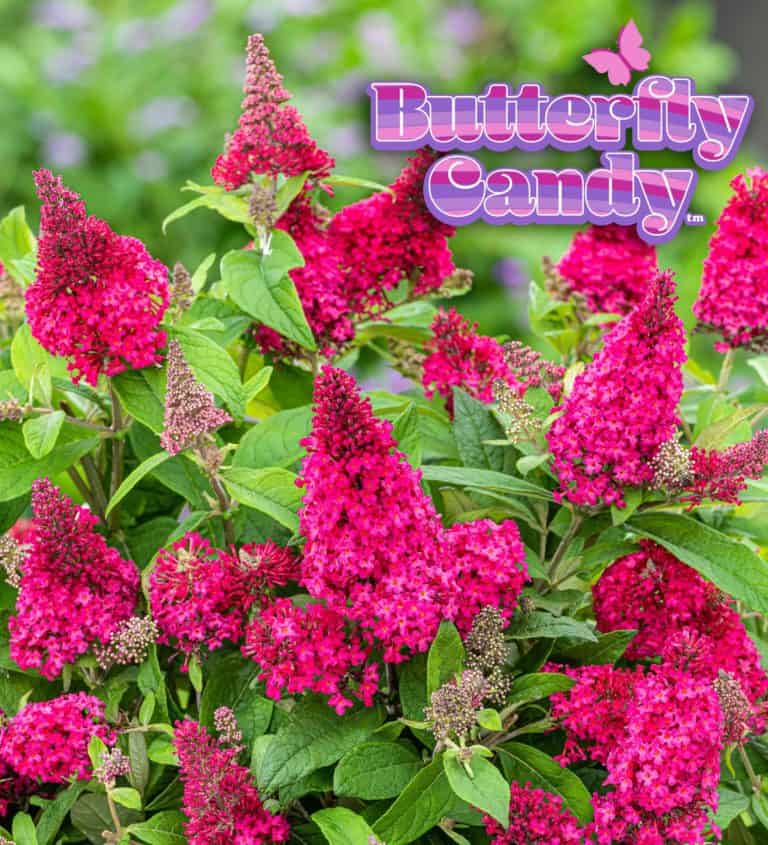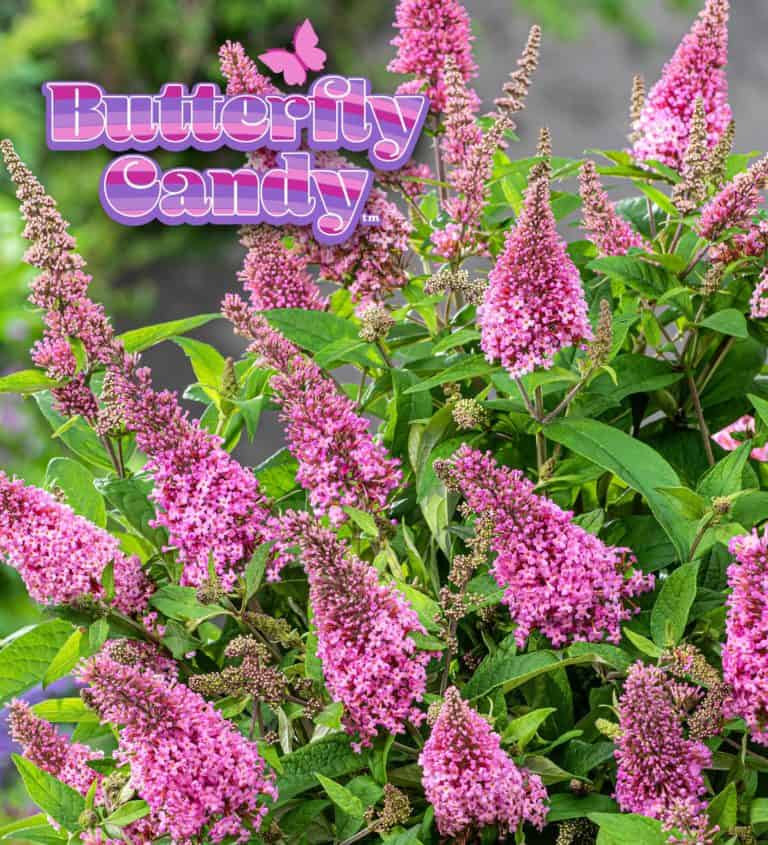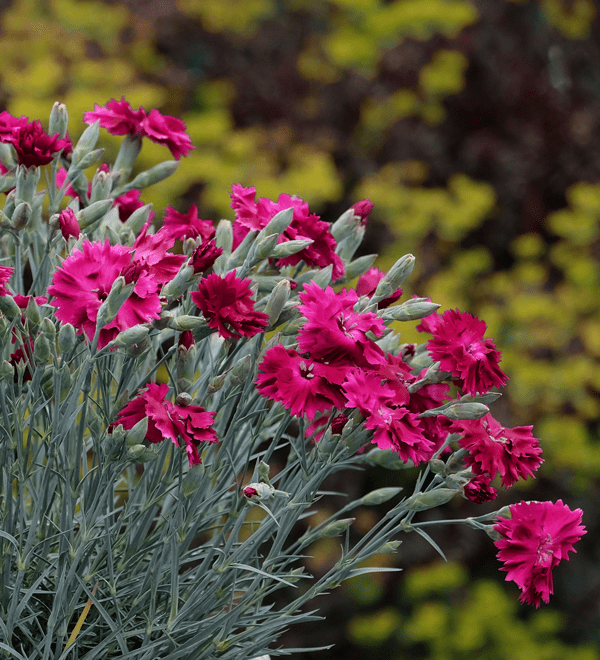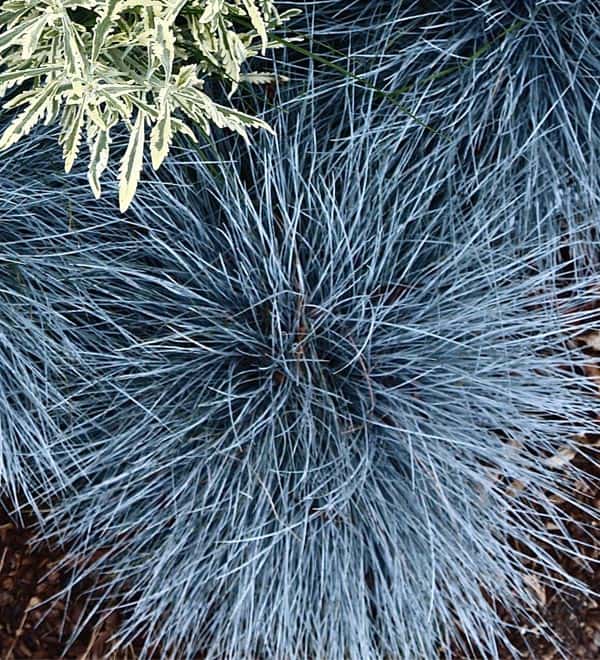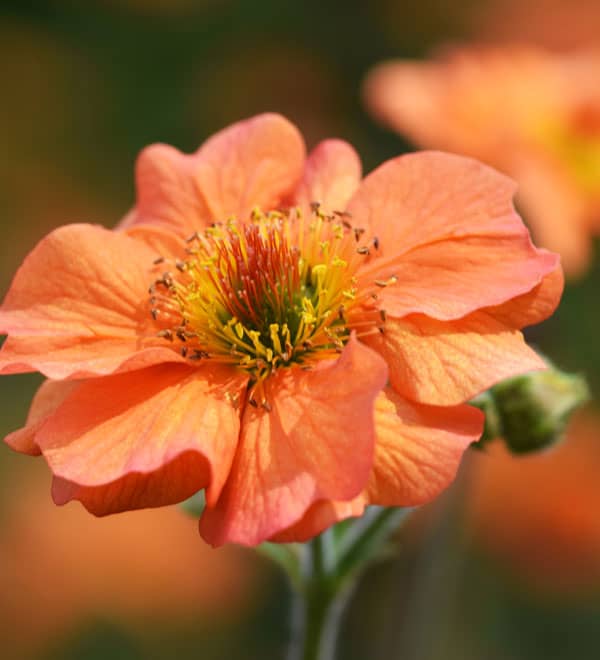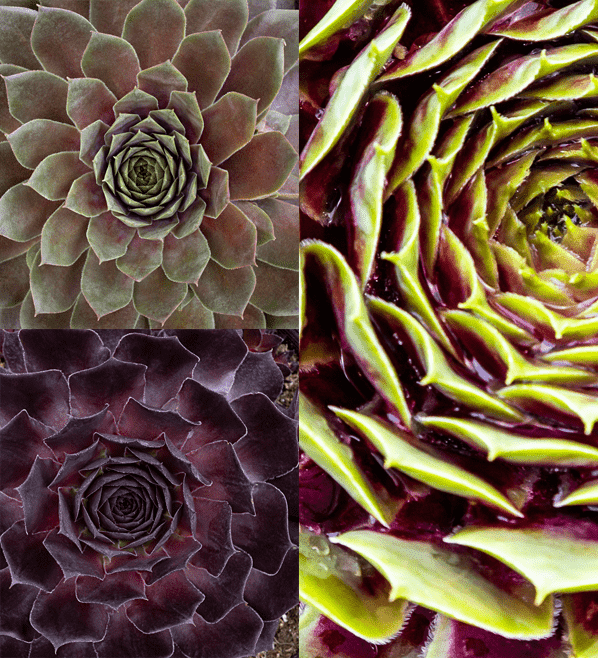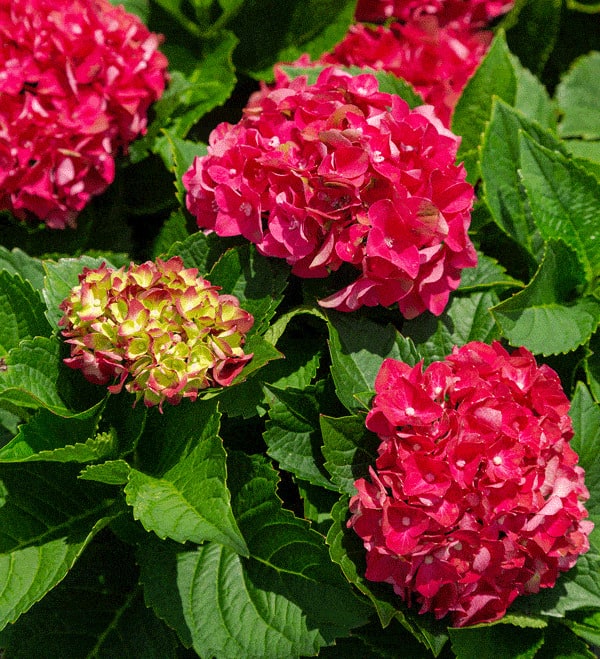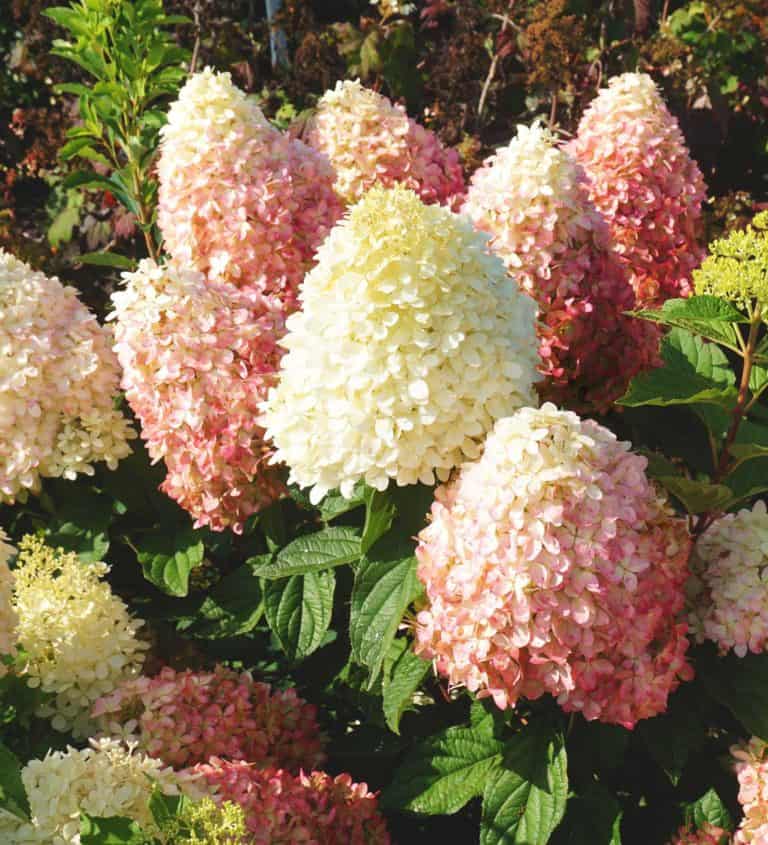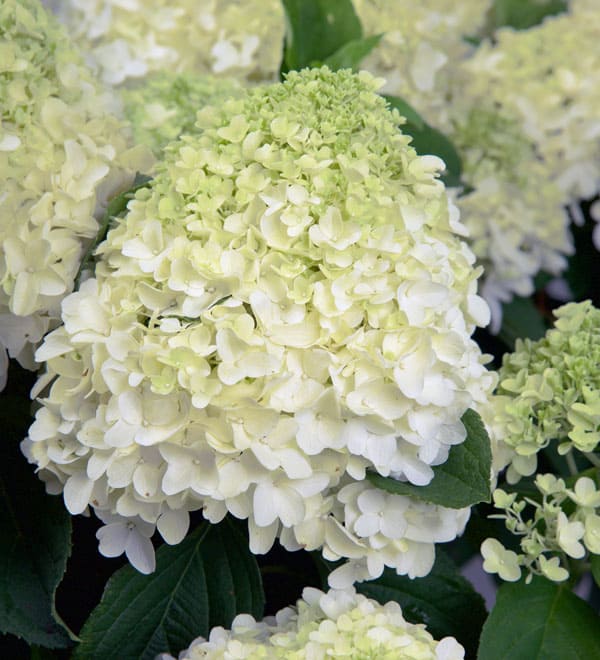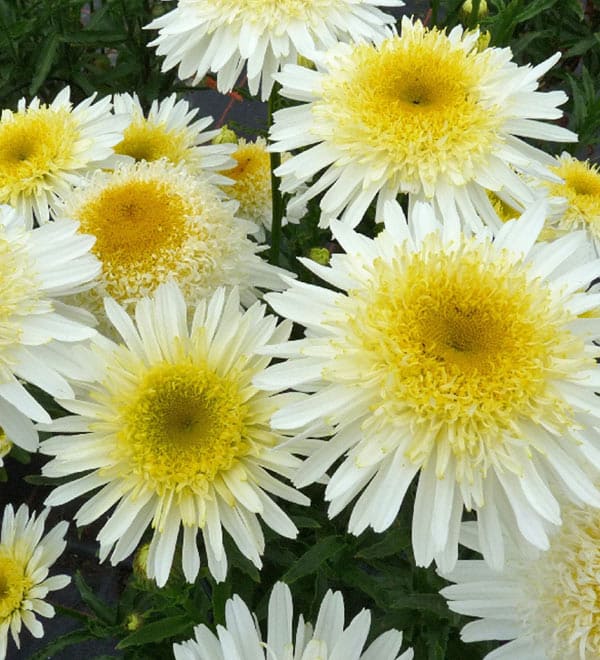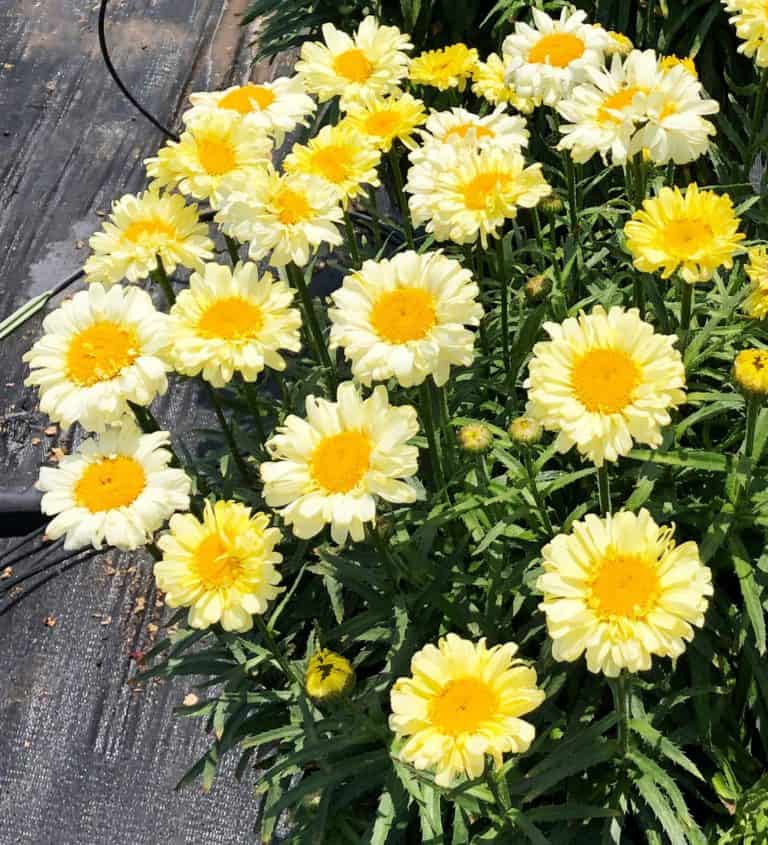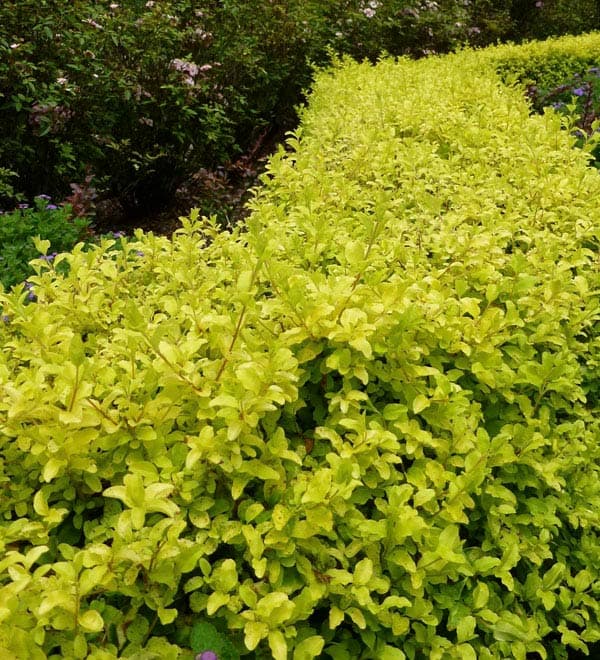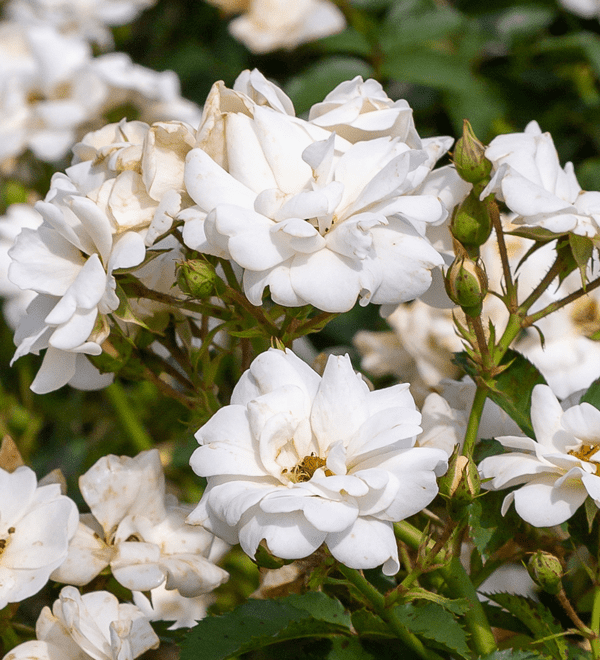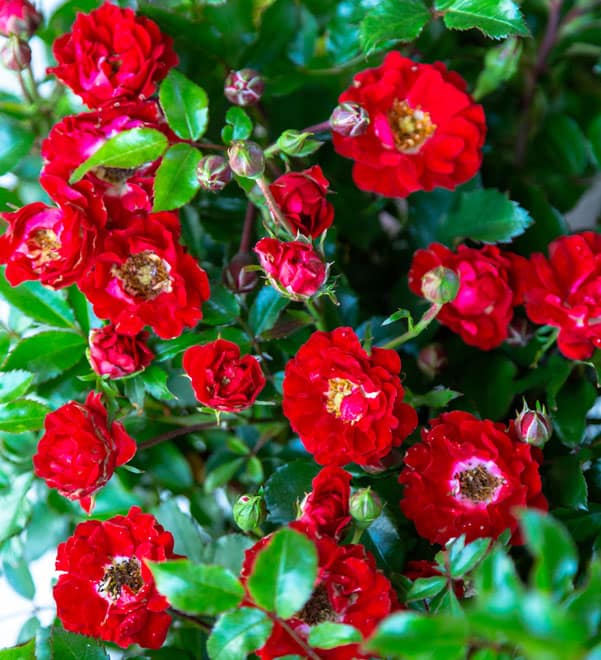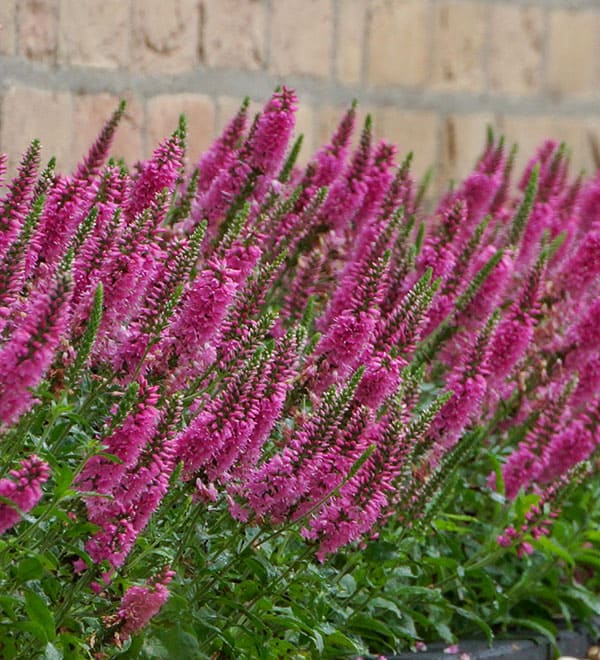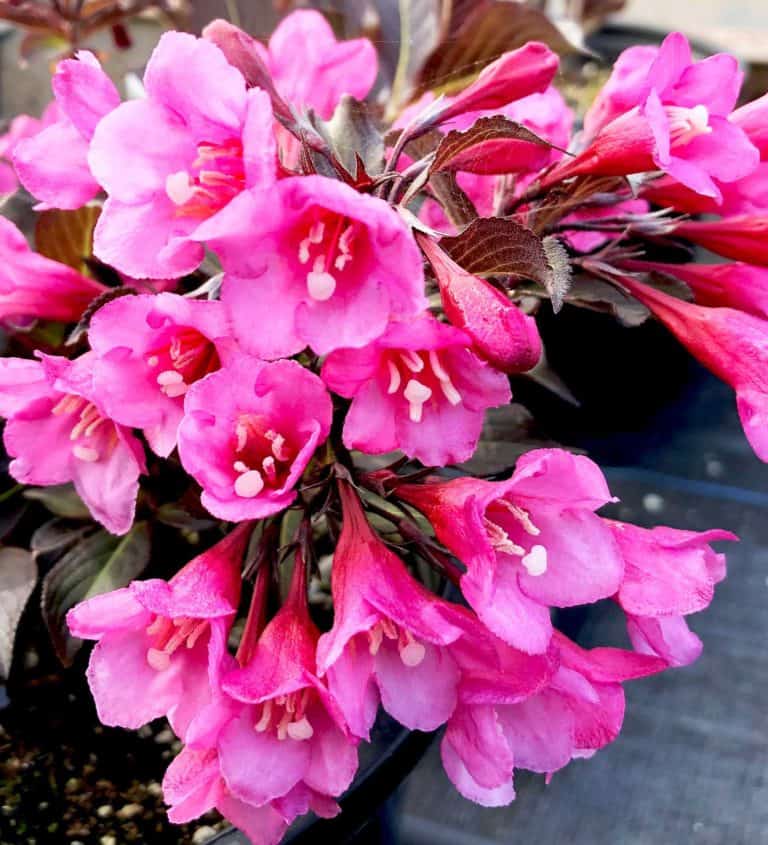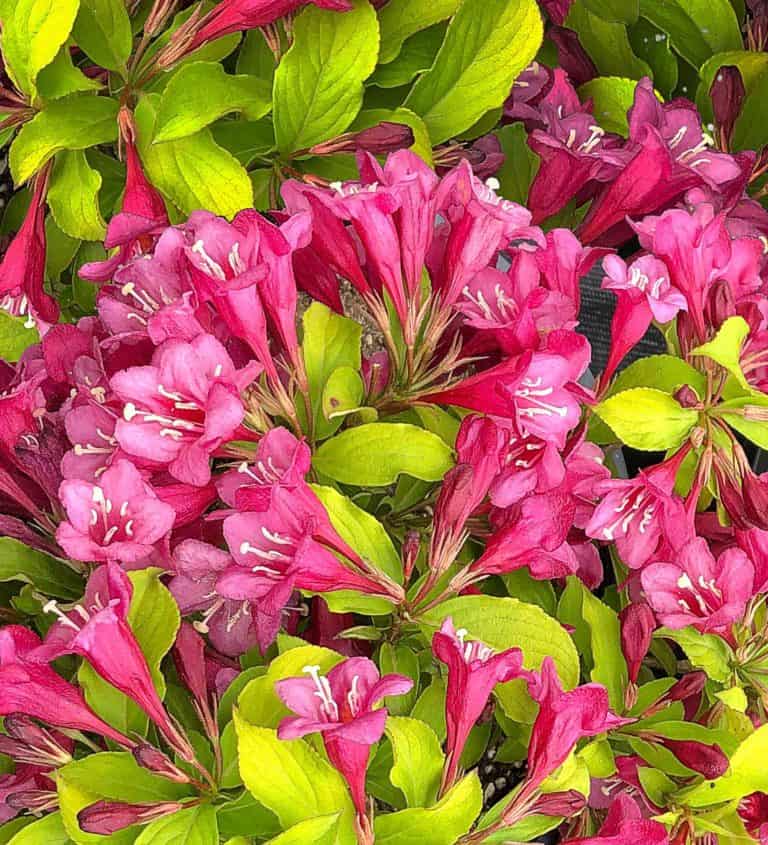Zone 2A
Another snowy winter climate, Zone 2A covers several regions that are considered mild compared with surrounding climates. You’ll find this zone stretched over Colorado’s northeastern plains, a bit of it along the Western Slope and Front Range of the Rockies, as well as mild parts of river drainages like those of the Snake, Okanogan, and the Columbia. It also shows up in western Montana and Nevada and in mountain areas of the Southwest. This is the coldest zone in which sweet cherries and many apples grow. Winter temperatures here usually hover between 10 and 20°F (–12 to –7°C) at night, with drops between –20 and –30°F (–29 and –34°C) every few years.When temperatures drop below that, orchardists can lose even their trees. The growing season is 100 to 150 days.
Zone 2B
This is a zone that offers a good balance of long, warm summers and chilly winters, making it an excellent climate zone for commercial fruit growing. That’s why you’ll find orchards in this zone in almost every state in the West. You’ll also find this warm-summer, snowy-winter climate along Colorado’s Western Slope and mild parts of the Front Range; in Nevada from Reno to Fallon, then north to Lovelock; in large areas of northern Arizona and New Mexico; and in mild parts of the Columbia and Snake River basins. Winter temperatures are milder than in neighboring Zone 2a, minimums averaging from 12 to 22°F (–11 to –6°C),with extremes in the –10 to –20°F (–23 to –29°C) range. The growing season here in Zone 2b runs from 115 days in higher elevations and more northerly areas to more than 160 days in southeastern Colorado.

